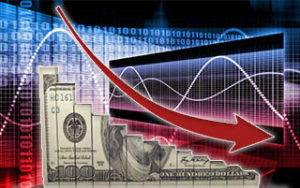Another month has gone by and another set of ambiguous comments with hawkish undertones have turned out to be yet another bluff. The expectation of a Fed rate hike during the month of September has passed. Currency markets are readjusting, with the US Dollar losing almost all the ground it had gained over the last few weeks, but other distortions created by the ‘lower for longer’ policy are picking up. Stock markets are inflated at record highs and bond yields remain subdued. This situation will result in a prolonged period of time in which risk cannot be properly calculated, while continuing to erode the Fed’s credibility and the prospects of a more stable job market.
Lower for longer means that cheap money will not only continue to flood the markets and inflate bubbles. It also means that people planning for retirement, who depend on strong interest rates to enjoy a livable income, will probably have to work longer than planned. This might not be of particular concern to the US economy right now, given stellar job creation performances, but it will drag employment prospects down in the EU, Japan, Canada and other key world economies. This may have a domino effect that will eventually affect the US, given that such an environment may result in reduced world consumption.
The cycle thus becomes a vicious circle: to prop the economy up, as a result of stubbornly low inflation, rates must remain lower for longer, yet that reinforces low yield patterns and bubbles that keep the consumer from spending, which results in low inflation. This means that the Fed must lead the way and break from the lower for longer policy that is gripping major world economies. This is the only way to ensure medium term prospects for sustained economic growth.
It is clear that given the current economic indicators coming out of the US, the Fed can afford to hike rates by 25 basis points up to an overnight rate of 0.75%. The Fed’s target should be to reach a rate of between 1.25% and 1.5% over the next 18 months, and prompt the rest of the world to break away from the lower for longer policy. It is clear that the policy has run its course and neither the world not the US can afford to make it the new normal if the goal is to lift consumer spending and bring economies back to stable and sustained growth.



